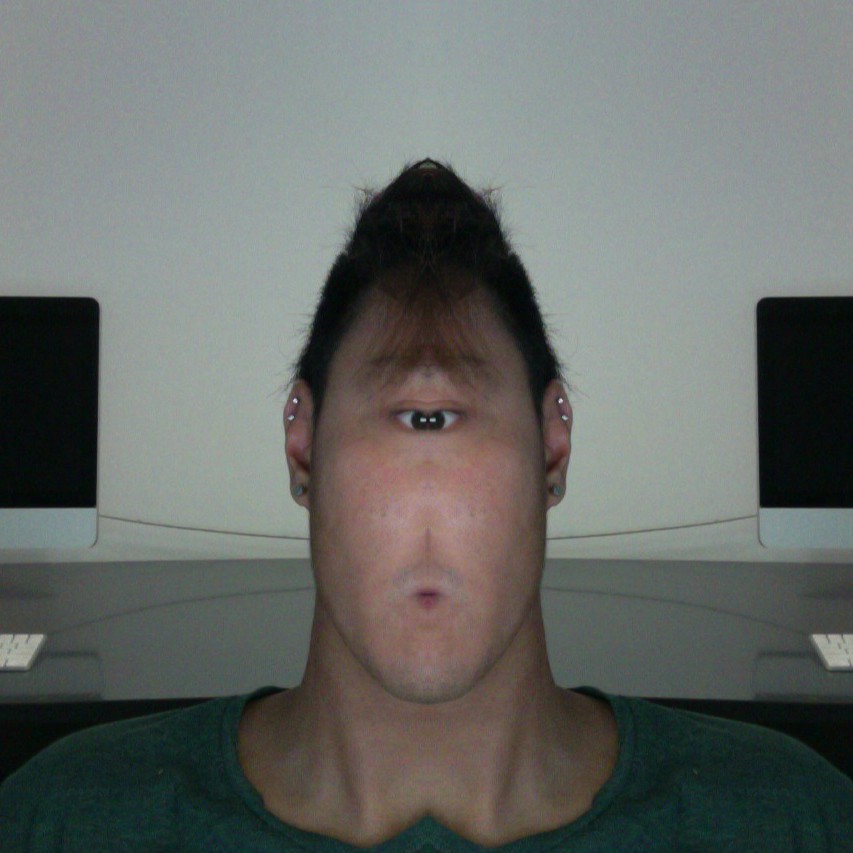
Kwan Im Thong Temple – One of the 2 temples that we visited
So here are my thoughts on the field research and presentation on Buddhism about 3 weeks ago. So our group was kiasu at first and we thought we’d start early on the research and so we decided to visit the Asian Civilsation Museum in week 3 when our presentation was in week 6. We decided to first visit the Asian Civilisation Museum to first get an idea of various forms of Buddhism but we felt that the information was so diverse and it was condensed into basically a showcase of various Buddhist iconography and symbols around the world without much specifications. We then decided to visit the Kwan Im Thong Temple at Bugis to get a first hand look at the buddhist symbols but since we went so early on(Week 3), we went in clueless and not knowing what to look out for and on top of that the temple restricted photography and it was so crowded (as it was closing to Chinese New Year) and even if we wanted to learn more about the temple, the monks or caretakers were probably really busy with the crowd anyway. If we had any takeaway from this temple visit it would be to see how devoted the worshippers are as they fought the crowd and heavy incense to get their prayers in for their families and themselves. It was also a sight to see the temple caretakers constantly clearing the joss sticks to allow new devotees to put their joss sticks into the urn.

Technologically advanced ; Had wifi in the temple and their own website for enquiries
Since we did not benefit much, we decided to go to a temple which my parents had brought me to when I was young. Just memories of the large Mani Wheel and iconographic sculptures and the lit lotus candles to me felt like this other temple had more educational potential compared to the Asian Civilisation Museum and Kwan Im Thong temple combined. This temple was known as the TekChen Choling Temple. What was so amazing about this temple was that it was chucked away in a corner of Lavender( A place where crowds are seldom seen) and it was basically a neighbourhood temple. This Tibetan Temple just seemed like a dream temple to research with it being a 24 hour temple and amazingly nice monks and caretakers who actually took time to answer our questions as we went in clueless. When we first step foot into the entrance of the temple, we saw a sign which actually guided the devotees on how to pay respects and to pray in the temple. We decided to base our research on these 7 steps and use it to bring our audience(for the presentation) on a journey with us through the temple.
and to pray in the temple. We decided to base our research on these 7 steps and use it to bring our audience(for the presentation) on a journey with us through the temple.

Lighting of lotus candles as a form of offering to ask for blessings

Burning incense as a greeting

Relic Hall where the tablets of the deceased lie

Here my group mate Huizhong is offering incense
Each step of prayer ritual was important as we had to greet the deities before entering the temples and minute details such as not stepping on the step of the doorway as a form of respect and the burning of incense as a greeting. Since we were learning about a new culture we did not want to offend anyone. We also decided to spend $20 each on a prayer blessing (we prayed for a smooth presentation so I guess it was money well spent).
well spent).

Giant Mani Wheel – Spinning it as a prayer

Prayer template that we bought

We had to read this out while kneeling down when praying to Buddha Shakyamuni
One thing that really struck me was that the different iconography in the temple wasn’t limited to just Chinese Buddhism. There were Hindu icons as well as Taoist influences. This temple was truly a representation of Singapore(being multi-cultural) as this was not just a temple which had rituals and icons of a specific religion but different sections of Buddhism uniting as one in this temple.
After we left the temple, any unanswered queries were so easily clarified with the temple being opened 24 hours and there was this lady caretaker who was so gracious and helpful and even asked us to head down again so she could explain clearly in person.

Our group at the Asian Civilisation Museum
I think why our group enjoyed this project so much was that we genuinely were excited to learn more about this culture in Singapore that are hidden in our everyday lives such as the act of burning incense and offering joss sticks and for us we saw it as an eye opening experience. It was really enjoyable working with Val and Huizhong as we were really passionate about presenting this temple to the class and wanting to give justice to it since they really helped us so much.

















